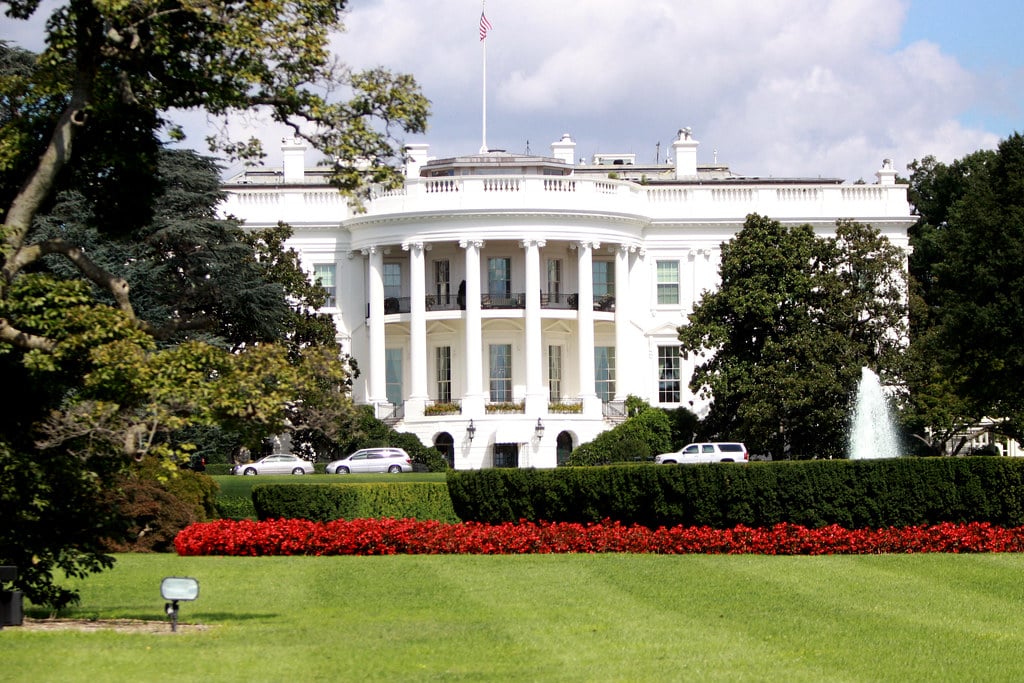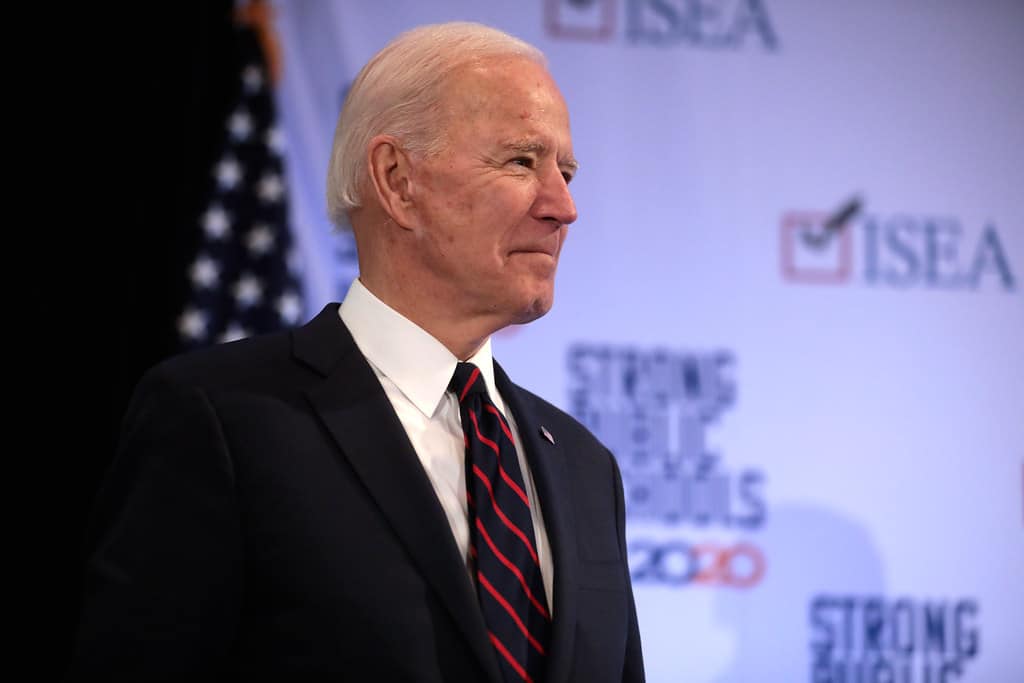Today, April 16, is Equal Pay Day, marking the point in the year — 15 weeks-plus! — that women have had to work in 2019 in order to earn, on top of their 2018 salaries, what their male colleagues earned by Dec. 31.
Now, a newly released study, The State of Wage Inequality in the Workplace, from job-match platform Hired, shows how far we have to go to bridge the gender pay gap. As the study’s subtitle says, summarizing the findings: “Data reveals the wage gap is finally narrowing — but we’re not there yet.”
Hired’s optional, self-reported survey came from responses filled out by 98,000 job-seekers using the company’s services. The resulting salary data came out of a sample set of more than 420,000 interview requests and job offers, facilitated through Hired’s marketplace of 10,000 participating companies.
Among the study’s major results:
- 60 percent of the time, men surveyed reported they were offered higher salaries than women for the same position at the same company — which actually represented an improvement, from the percentage in 2018 and 2018, of 63 percent.
- On the whole, this year, women were offered 3 percent less than men for the same role, down 4 percent from 2017 and 2018.
- 3 percent was reported to be the current wage gap in tech
- 41 percent of the time, the study showed, companies interview only men for a position.
Progress? Yes, even if it’s muted. “For the last two years, the wage gap hadn’t budged,” the report declared. “Our 2017 and 2018 reports found that on average, women were offered 4 percent less than men for the same job at the same company. But this year, we’re finally seeing progress: the wage gap narrowed to 3 percent.”
Significantly, the report found, women are starting to speak up.
What was important in the results wasn’t just what was being offered, but what was being asked for. The study found that the women surveyed were asking for 4 percentless when negotiating their salaries than were their male counterparts. And not everyone was negotiating: 69 percent of women versus 71 percent of men said they’d negotiated; and 7 percent more men than women reported being able to successfully negotiate for a higher wage.
There was also a persistent disparity along not just gender lines but racial ones. Black women earned 89 cents, and Hispanic women, 91 cents, for every $1 that a white man was being paid. White women and Asian women were being paid 97 cents for every dollar white and Asian men made.
The LGBTQ community was also adversely affected by the gap. LGBTQ+ women made an average 8 percent less than non-LGBTQ+ men, and LGBTQ+ women were earning2 percent less than non-LGBTQ+ women in the same job.
When the focus was on making pay equity a priority, the study showed that some convincing still needs to be done. Some 90 percent of women surveyed reported believing that a gender pay gap exists, while only 72 percent of men said the same.
In response to the question of whether study participants believed that they had been discriminated against at work in the previous five years due to their gender, 65 percent of women said yes, while only 11 percent of men said the same. Some 40 percent of women named not being taken seriously by company leaders as a chief discrimination complaint.
Another complaint: “unfair pay,” listed by 38 percent of women.
Several big U.S. cities were looked at in terms of the male-female pay gaps; and the numbers were fairly glaring: San Francisco, at 6 percent, had the smallest wage gap. Boston had the highest gap, at 9 percent. Seattle, Los Angeles and New York City had the same gap, of 8 percent.




